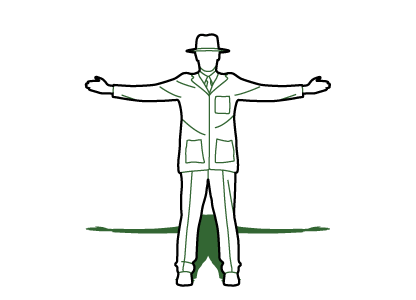How Well Do You Know Umpire's Signals In Cricket?
2.
You may optionally provide this to label your report, leaderboard, or certificate.
×
Thank you for your feedback!
















